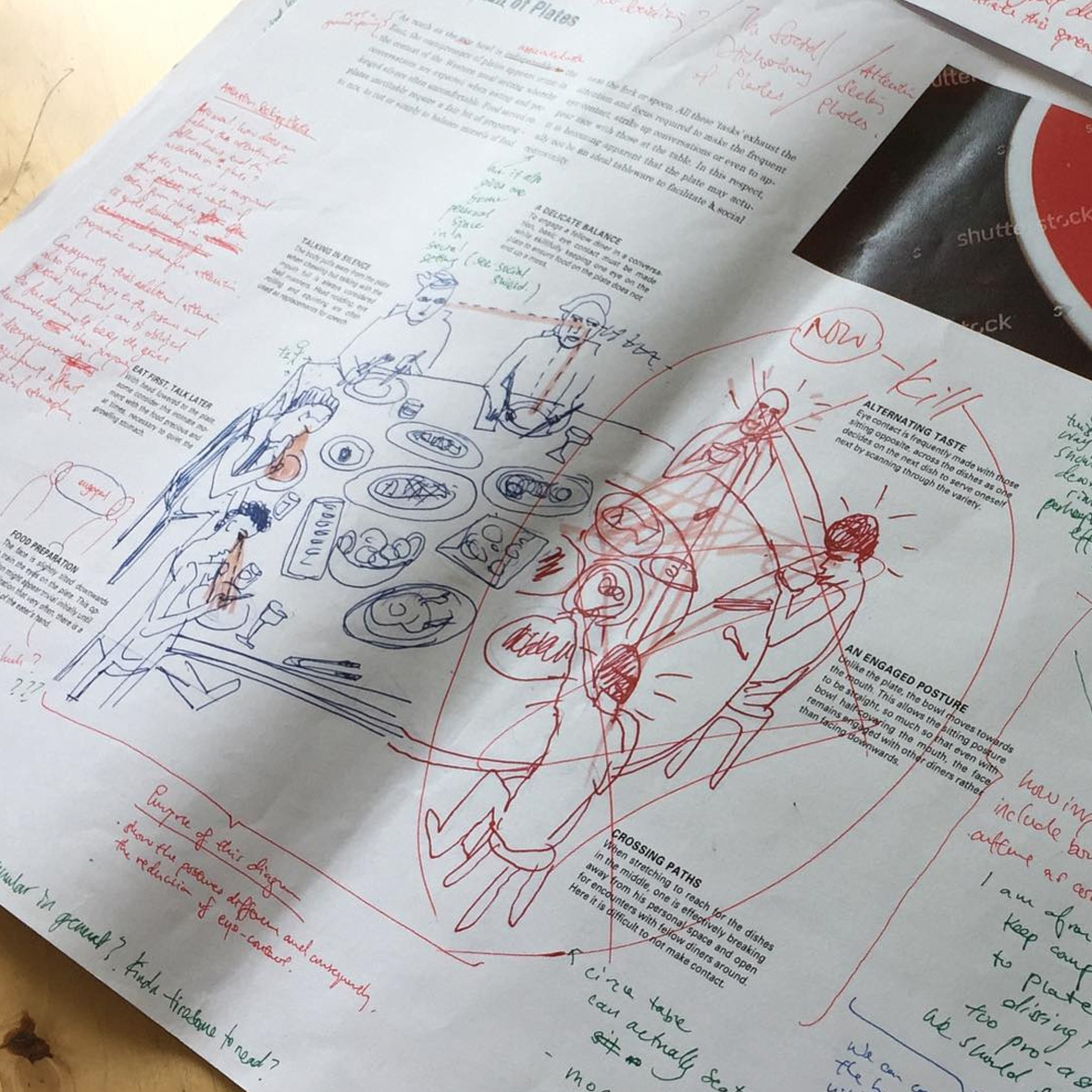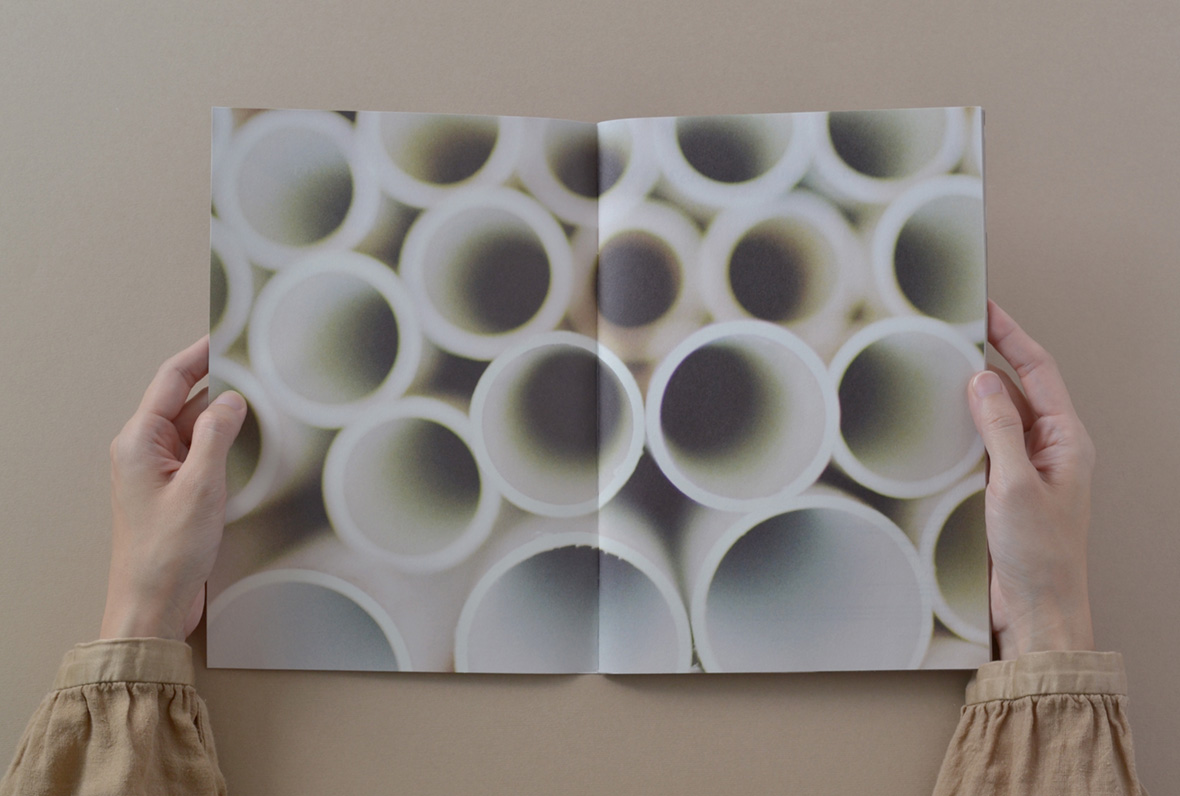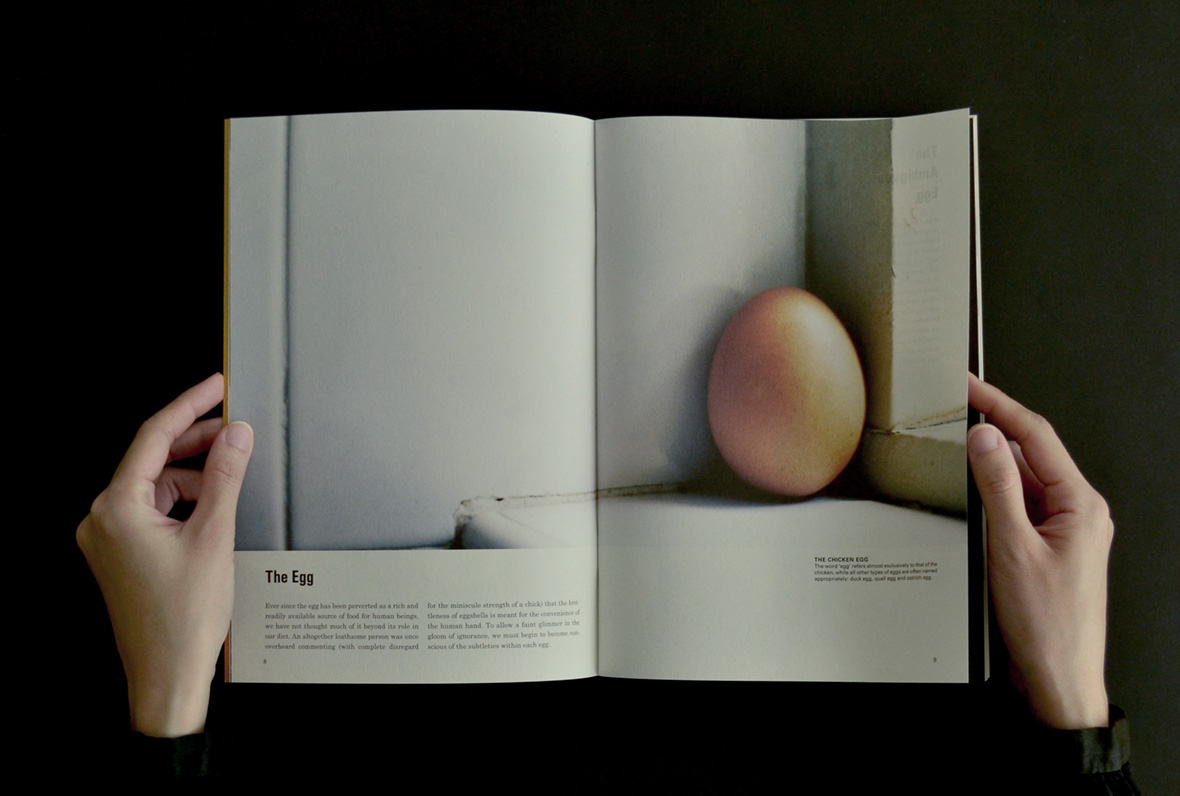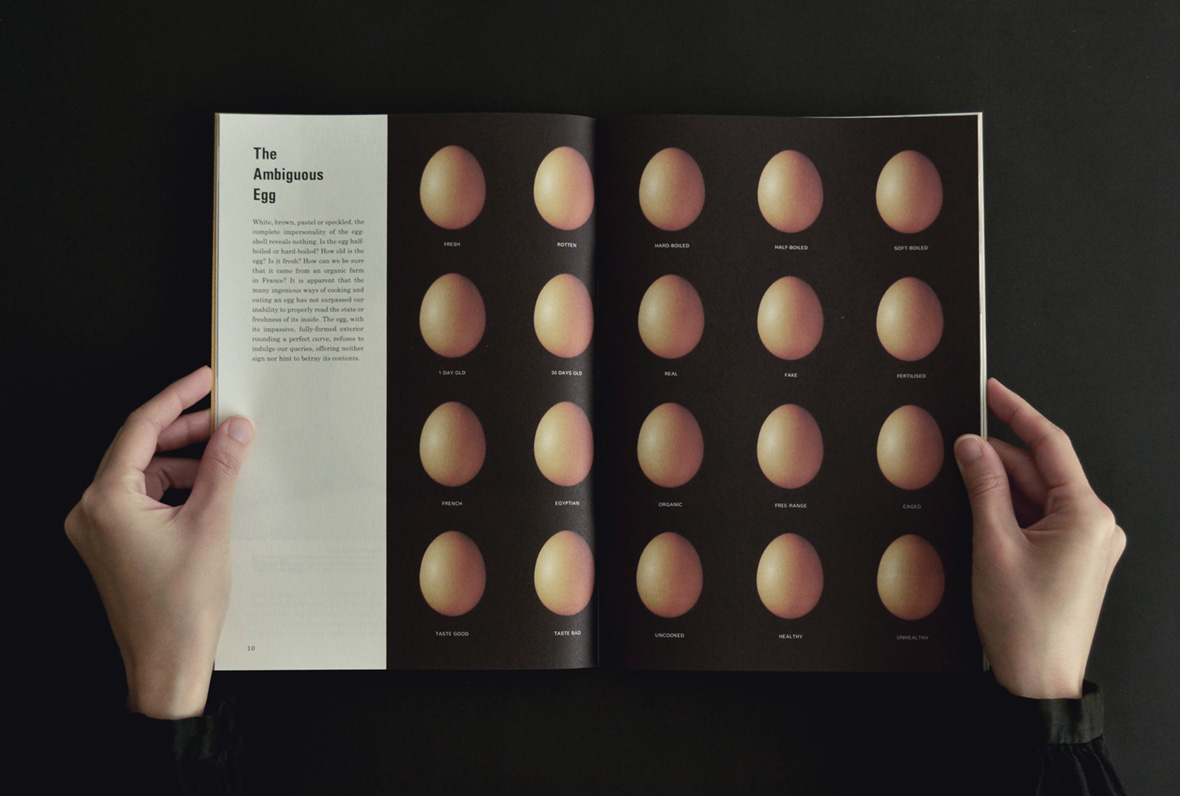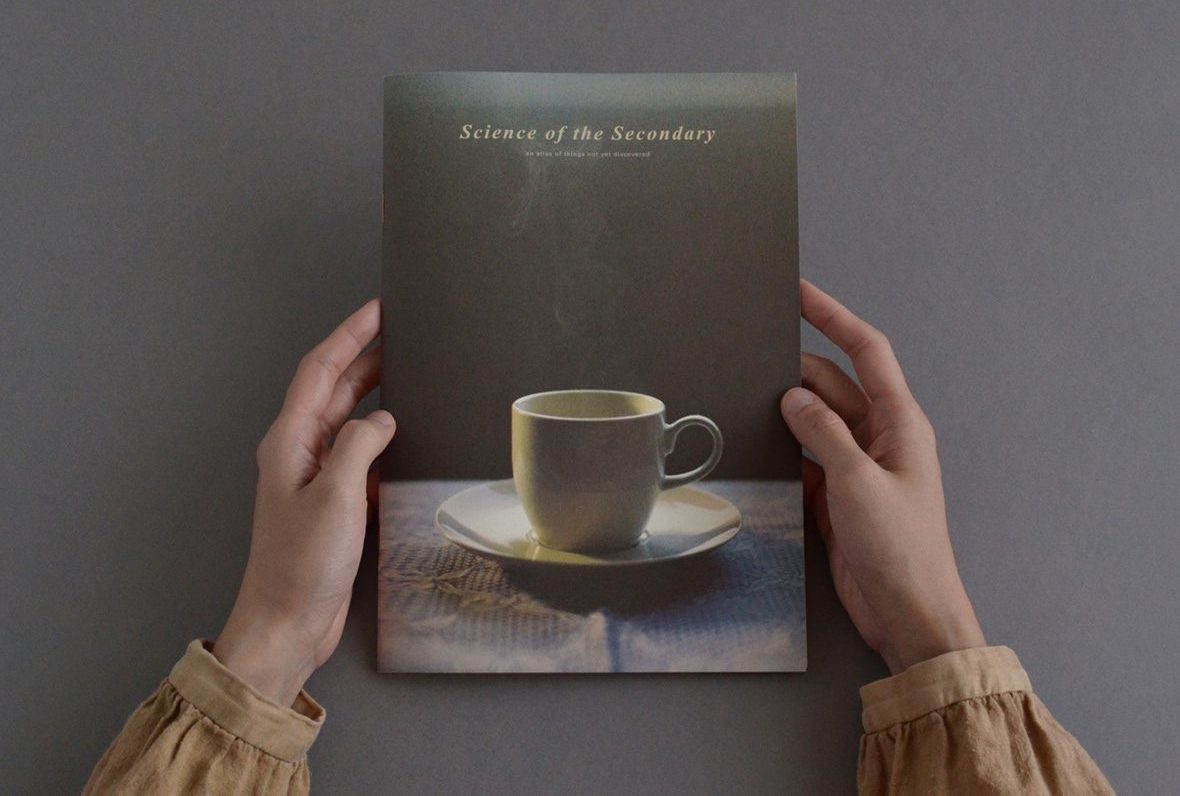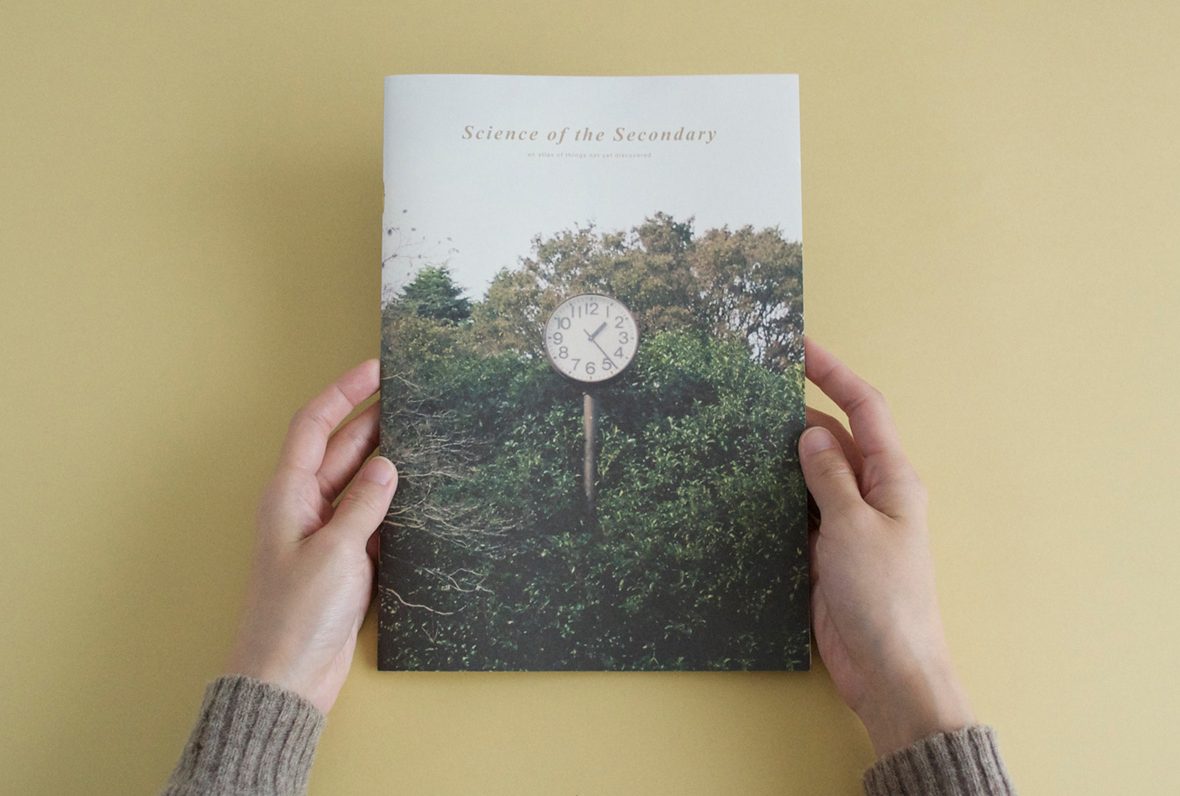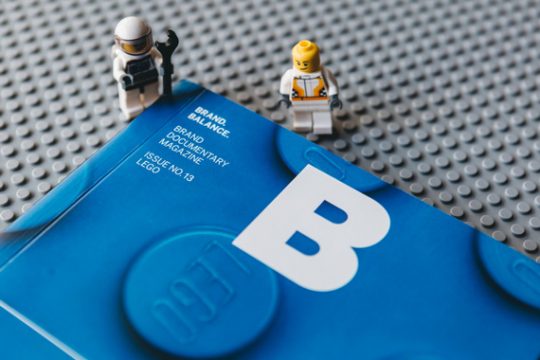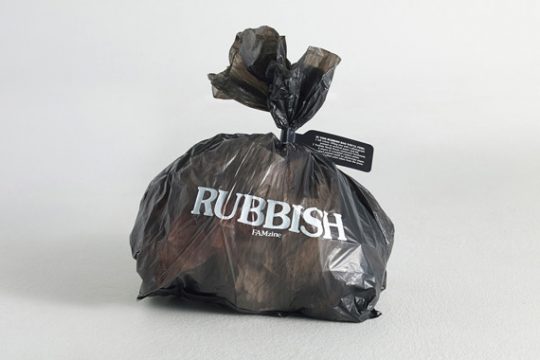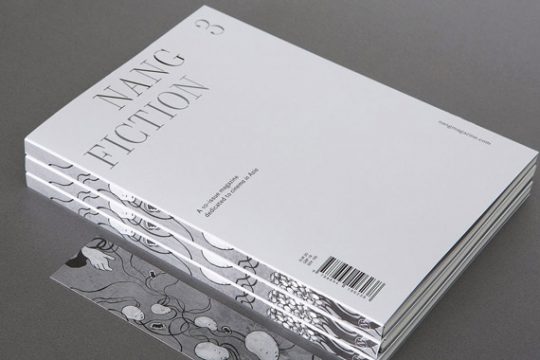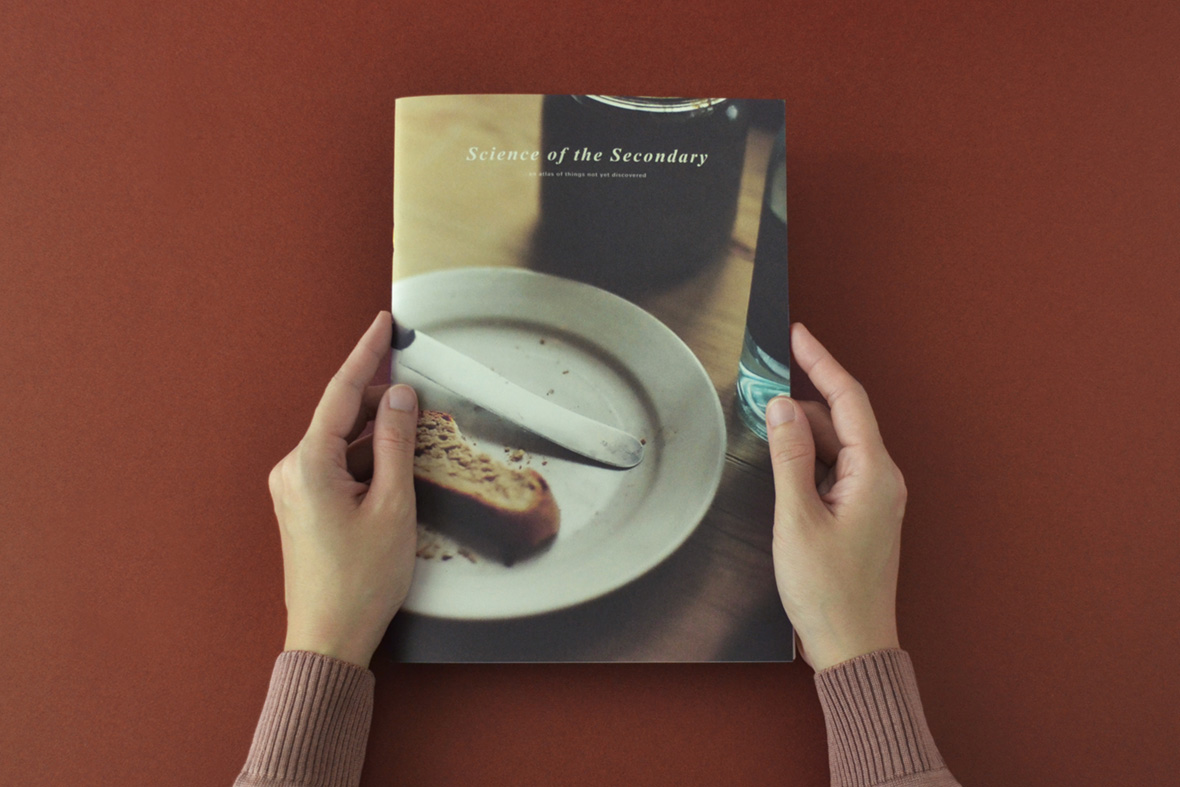
A methodical science experiment carried out by a team of expert researchers examining overlooked, everyday objects to understand their “secondary” functions—that’s the premise of Science of the Secondary, an experimental publication created by Atelier HOKO, a self-described “research lab” based in Singapore. Similar to the family-run publication Rubbish Famzine, the team consists of creative director Alvin Ho and art director Clara Koh, while a third member, their grade-school-aged son Lou, tries to help out but more often just gets in the way. They make the most headway on the project after he goes to bed, or when he stays over at his grandparents’ place. In fact, it’s often a mad dash to get any work done in their home office before the little rascal is raising hell again.
一场严谨的科学实验,一个专业的研究团队,针对日常生活中被我们忽略的平凡物件,进行一次天马行空的“次要”解读:这就是《Science of the Secondary》(次要科学),一本由新加坡独立工作室 Atelier HOKO 所创立的杂志。类似 《Rubbish Famzine》,这团队由创意总监 Alvin Ho 和艺术总监 Clara Koh 组成,还有一位学龄前的淘气成员 Lou,他喜欢帮忙,但结果总是不尽人意。所以只有在 Lou 睡着或是待在外公外婆家时,Alvin 和 Clara 才能在家里的工作室安心工作,而且必须要赶在“混乱”回来之前,迅速把工作完成。
As the magazine’s title indicates, every one of their experiments has two key elements: the “secondary” and the “scientific.” The former refers to the features and details of everyday objects that we interact with but don’t give much thought to. The “scientific” aspect refers to the duo’s systematic and goal-oriented approach in uncovering these stories. From the moment readers flip open Science of the Secondary, they have to keep an open mind and accept that they’re entering a world of unknowns.
在这场实验研究里,有两个关键点:“次要”和“科学”。所谓 “次要”,指的是我们在日常生活中与周遭环境事物互动的过程里,经常无意识忽略的细节与经验;而“科学”即是有目的、有计划、有系统地去探索一件事情。从打开《Science of the Secondary》的那一刻开始,你将进入一片未知的领域。

It all began with an apple, which Ho and Koh decided would be the main subject of their inaugural issue. On the cover, a red specimen of the fruit sits against a sky blue backdrop creating visual contrast that immediately commands the viewers’ attention.
When you think about an apple, what first comes to mind? If there’s an apple nearby, hold it in your hands and take a close look at it. You might focus on its color and size, but have you thought about where on the apple the first bite would take place? Or can you outline step by step how one would eat an entire apple? Even though an apple, as an object, seems as boring it gets, once you look at it from different perspectives, it can pique your curiosity.
When kids learn to spell in English, “A is for Apple” is one of the first phrases they hear. This familiarity led the duo to choose it as their first topic. “The reason we chose an apple isn’t because it’s something that’s commonly eaten,” Ho clarifies. “It’s because everyone knows what an apple is.”
然而这一切,都从一颗苹果开始。在第一期杂志的蓝色杂志封面上停留着一颗红色苹果。苹果红和天空蓝的对比组合,让那一点红占据了你所有的视野。
关于一个苹果的各种可能性,你首先想到的什么?不如现在就拿起一个离你最近的苹果,好好观察一下。“主要”的思考通常会停留在苹果的颜色、大小等等。但当你洗干净,准备咬下去第一口时,有没有想过你的嘴会落在苹果的什么位置?如果要吃完它,整个啃咬的顺序又是怎样?虽然苹果只是生活里再平凡不过的一样东西,但是其中却隐藏着很多微小而隐晦的趣味点,能够轻易地撬开每一个人的好奇心。
英文里有句说法叫做“A is for Apple”,这往往是我们在孩童时期学习英语接触到的第一个单词,这正是 Alvin 和 Clara 选择苹果作为第一个实验对象的原因,“并不是因为每个人天天都吃苹果,而是因为我们都知道苹果是什么。”
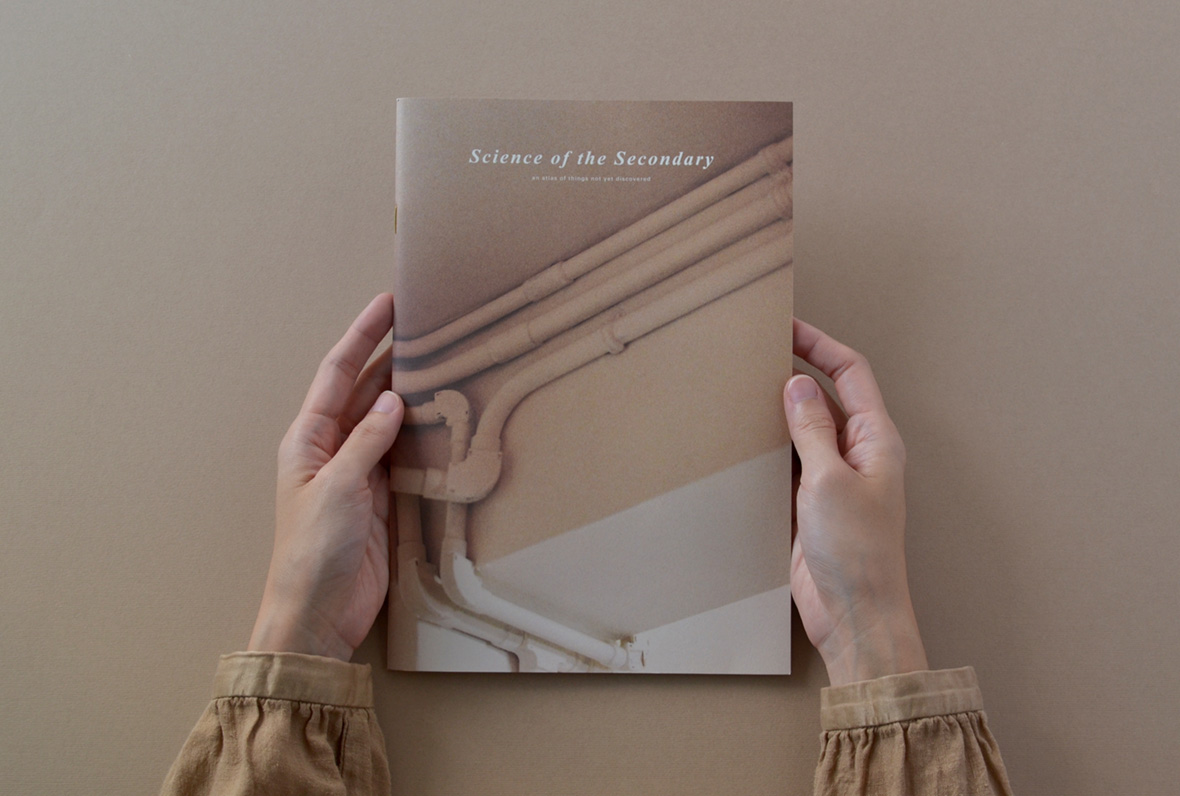
These overlooked objects in our lives are the very foundation of Science of Secondary. For example, issue six discusses the topic of “pipes.” When do we even acknowledge their existence? When one is clogged in our home? When there’s a leak or when one bursts? Only when problems arise do we pay momentary attention to these vital bits of household infrastructure. Once they’re repaired, they once again become invisible.
The goal of every issue of Science of Secondary is to spotlight these “invisible” everyday objects: teacups, clocks, windows, even eggs. In one issue, they decided that they hadn’t looked into anything below their waistline, so they decided to focus on socks. The choice wasn’t arbitrary—they want to cover objects everyone’s familiar with that can be found just about anywhere.
《Science of the Secondary》的基础,来自于生活中那些看似“隐形”的小物。例如在第六期里讨论的主角“水管”,我们何时会关注水管?当家里厕所的水管被阻塞?漏水?还是爆裂的时候?或许只有在它出现问题时,我们才会投入片刻的关注。等修理完毕,它便再次退回隐形的状态。
从第一期至今, 平常被隐形的日常物品一个又一个出现在《Science of the Secondary》里。从每个人每天都在使用的茶杯、每时每刻都会看的时钟;到包含更多空间意义的研究对象比如窗户;或是为了探讨一些容易取得的东西,于是选择了鸡蛋;没有研究过腰部以下的物品,所以研究了袜子……对于 Alvin 和他的团队来说, 每一次的研究对象并不是随机选择,它们的出现似乎有一个神奇的规律,且都有一个共同的特点:随处可见、且无人不知。

Curiosity is the catalyst for every issue. Atelier HOKO abides by what they describe as “strict scientific procedures” for each issue, but at the same time, they never compromise the magazine’s playful flair. Outside the publication, Ho and Koh enjoy presenting their ideas in other interactive formats for the curious-minded. For example, when the “Apple” issue was released, they made it available at select fruit vendors. People who bought the magazine also received an apple and got to experience the content in an immersive way.
Science of Secondary seeks not only to explore these neglected objects, it also aims to foster people’s curiosity about the overlooked potential in their daily lives, so they can discover more “secondary” aspects in everyday objects. If you’re similarly interested in engaging with your curious side, then maybe this is the magazine for you. Select issues now available for purchase on the Atelier HOKO e-shop.
好奇心是这场实验的核心驱动元素。对于每一期的研究,Atelier HOKO 都遵循着认真严肃的科学研究方法,但又不失趣味性。除了杂志本身,主创团队还会定制一些特别的体验,比如第一期的《苹果》就放在水果摊寄卖,购买杂志的人都能拿到一个苹果,让读者可以真实、立体地感受到杂志的研究过程,更沉浸在内容里。
《Science of the Secondary》希望我们在探究生活小物的同时,能够对日常生活所有潜在的可能性都保有高度的好奇心,延伸出更多“次要“的精彩发现。想测试一下你的好奇心吗?不妨翻开这本杂志吧。购买请上 Atelier HOKO 的线上商店。
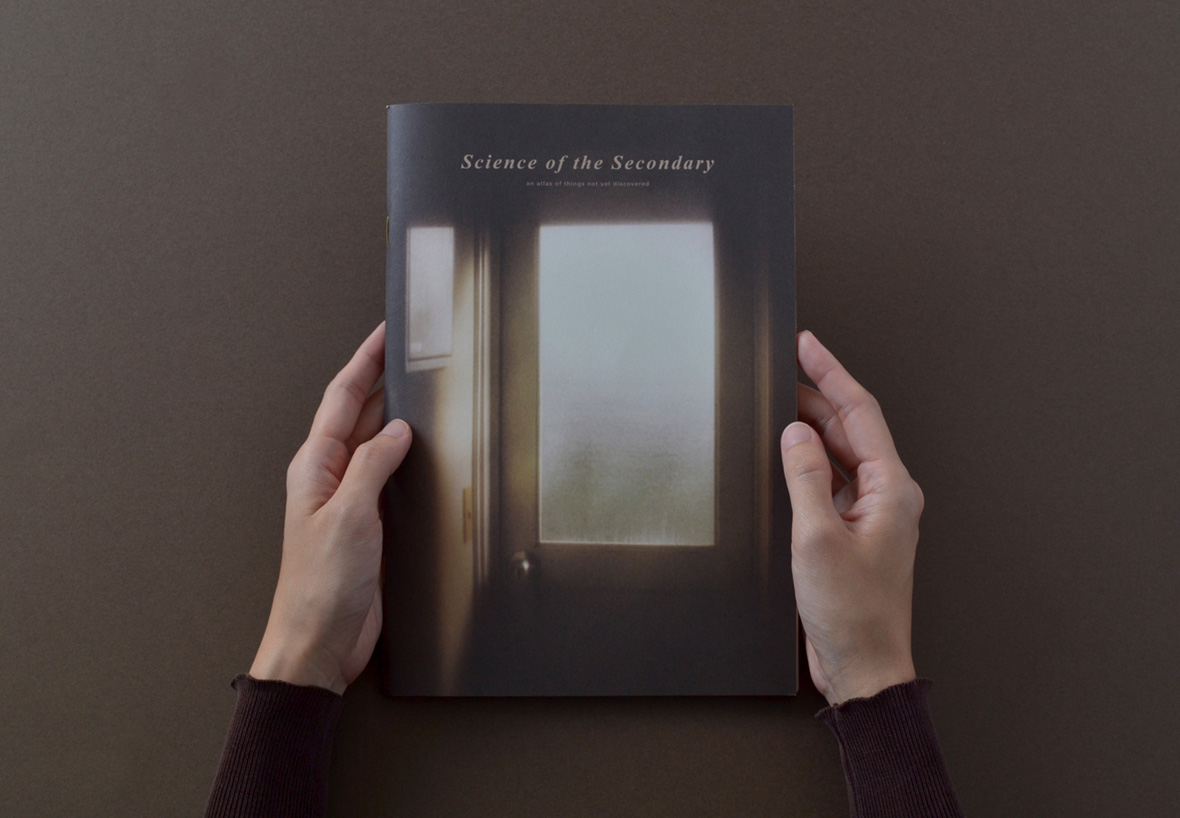
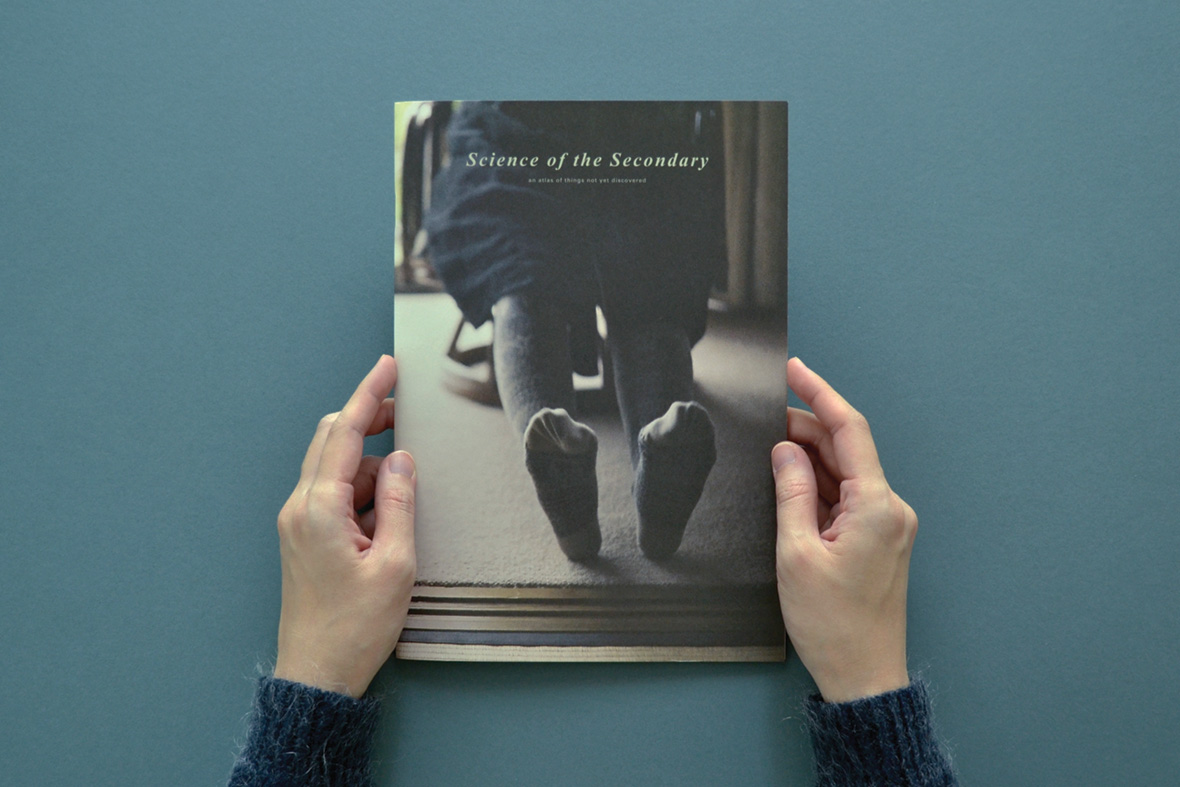
Website: www.atelierhoko.com
Facebook: ~/atelierhoko
Instagram: @atelierhoko
Contributor: Handowin Ho
Images Courtesy of Atelier HOKO
网站: www.atelierhoko.com
脸书: ~/atelierhoko
Instagram: @atelierhoko
供稿人: Handowin Ho
图片由 Atelier HOKO 提供

